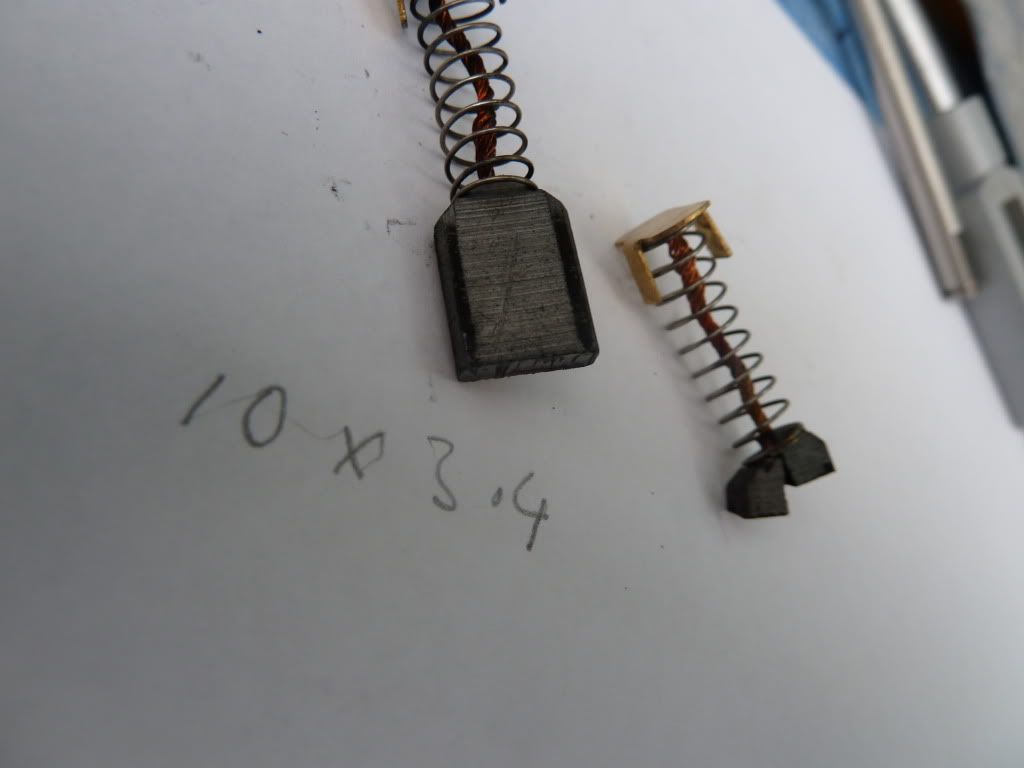Hi
I tend to use clear packaging material that is usually vacuum formed over various products for odd applications. I think the material is acrylic, although it could be polycarbonate - I don't know how to tell them apart. Anyway, I've sort of decided to get hold of some virgin material and fold/bend/mould or form it to my requirements.
So firstly, how do I identify which material it is, and secondly apart from vacuum forming what are the best ways forming the material. My immediate use is to replace a clear cover which i made with two pieces and replace it with a one piece. possibly forming it with a heat gun over a piece of wood. The material measures 0.9mm thick.
Bearing in mind that I'm in the UK can anyone recommend a supplier to use ?
Best Regards
picclock
I tend to use clear packaging material that is usually vacuum formed over various products for odd applications. I think the material is acrylic, although it could be polycarbonate - I don't know how to tell them apart. Anyway, I've sort of decided to get hold of some virgin material and fold/bend/mould or form it to my requirements.
So firstly, how do I identify which material it is, and secondly apart from vacuum forming what are the best ways forming the material. My immediate use is to replace a clear cover which i made with two pieces and replace it with a one piece. possibly forming it with a heat gun over a piece of wood. The material measures 0.9mm thick.
Bearing in mind that I'm in the UK can anyone recommend a supplier to use ?
Best Regards
picclock





